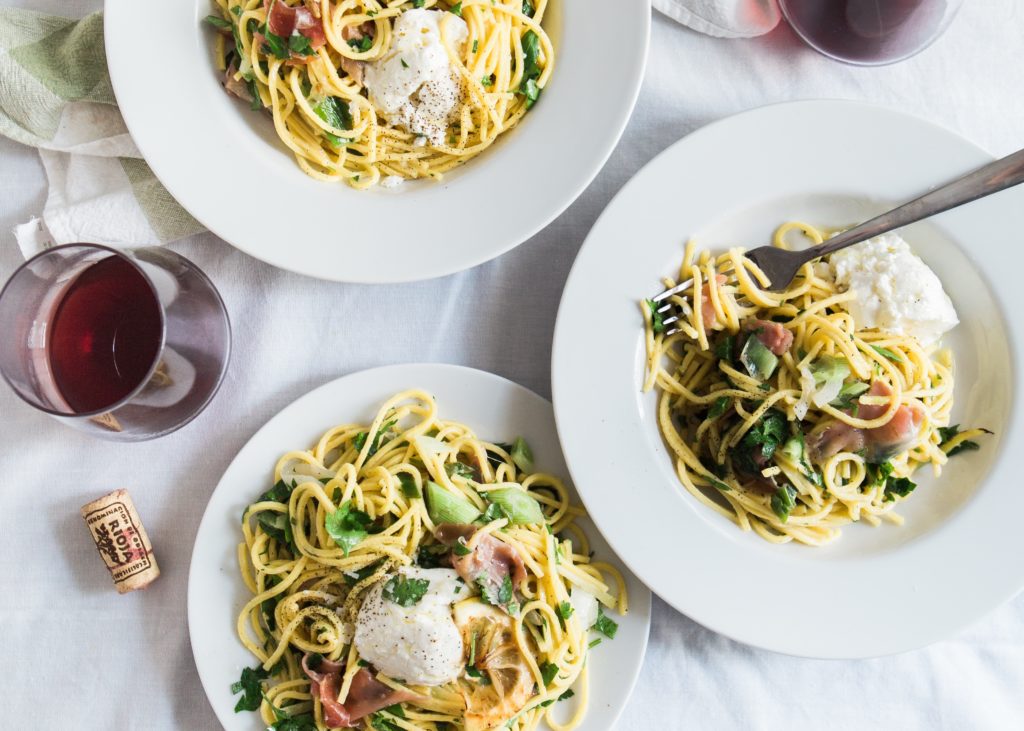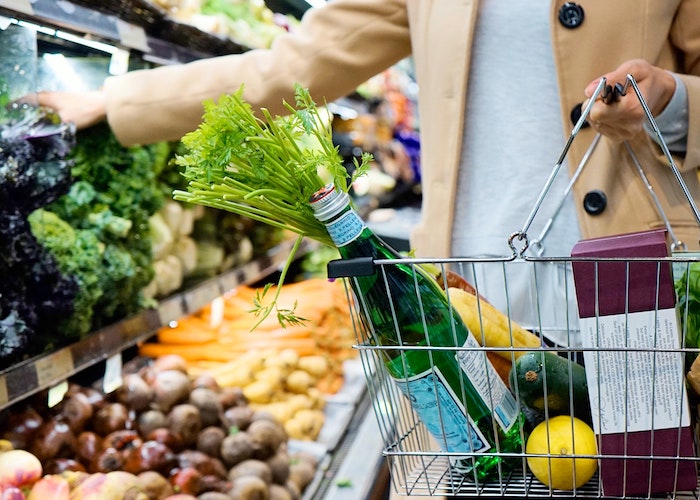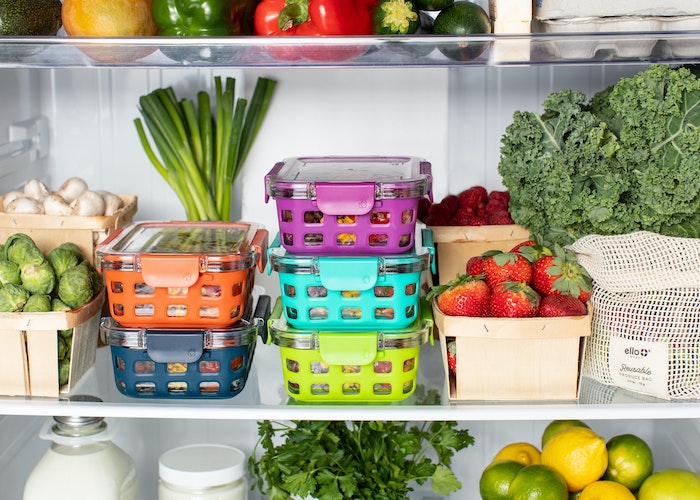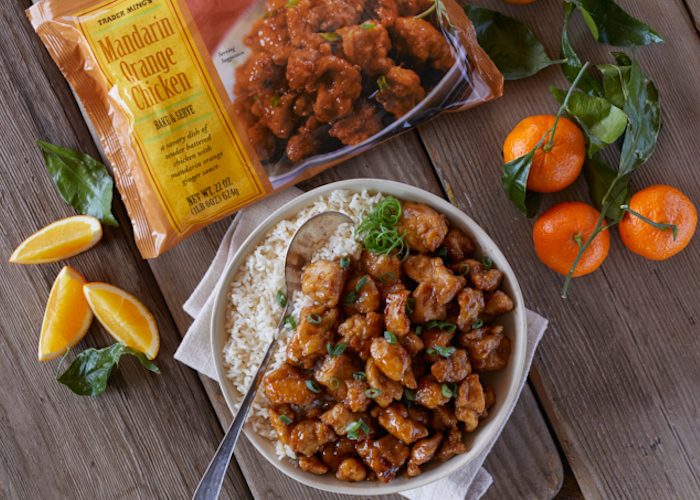How I’m Saving $6,000 On Food Per Year, Without Resorting To Meal Prep

I can easily spend over $1,000 a month on groceries. Fresh organic produce, unique “health” drinks, and fancy packaged snacks used to be my go-to food choices. Every weekly grocery trip resulted in a grocery bill of no less than $100, for me with multiple $25 trips during the week to supplement the weekend purchase. Essentially, all my “fun money” went to food.
For years, I justified these high-ticket purchases. “Organics are better for me,” “good food is an investment in good health,” or “I love good food, so I do not mind paying for it.” Although these are reasonable arguments, my rationale was faulty. I consistently bought too much of these health foods because I knew they were good for me, not because I knew I needed them. I added produce to my cart without a plan, only a concept of “I could probably use this.” My purchases were not deliberate, and therefore my spending was reckless.
In three years, I spent over $70,000 on food.
I had a spending problem. No matter how many times my husband lifted his eyebrows at our grocery bill, or my friends commented on how low their food expenses were, I never felt that mine was too high. Or if I did, I made no effort to change my excessive habits. I continued to spend leisurely because I could, and I thought I was justified in my actions. I even occasionally developed a small debt from my food purchases that I’d pay off with my next month’s income or by dipping into my emergency funds!
After years of over-excessive grocery purchases, I finally took control of my outrageous spending.
In February 2019, I challenged myself to spend less than $200 in groceries for the month. My husband was out of town for the month, and I wanted to see what I could squirrel away when he was gone. (I was also in debt from spending too much on groceries in January and needed to save enough to pay that off…) For 30 days, I lived off pancakes or grapenuts for breakfast, leftover pancakes or PB&J for lunch, and tofu, rice, and frozen broccoli for dinner. I supplemented my less-than-lackluster diet with excessive amounts of kombucha and coffee — $60 worth! At the end of February, I had reached my goal. I spent $192.91 on groceries. Clearly I was capable of spending less than I had been.
After my husband returned, my bill skyrocketed back up, however. Instead of maintaining a reasonable budget, I spent on fancy foods to celebrate his return. We also ate out too often, so I did not have to cook. I spent a total of $1,088 on food.
Somehow, my frugal habits in February fell flat in the presence of others. As a result, I decided that maybe $1,000 was a reasonable monthly grocery bill for the two of us. For the next few months, we spent an average of $800 a month on food.
Then, my husband found out that he would be out of town for two and a half months over the summer with work. I upset he was leaving, but also strangely excited, because I could return to my frugal grocery habits of $200 or less. I enjoyed the past challenge and the savings that came with it. This time, I wanted to increase the variety in my meals, decrease the waste of ingredients, and limit my spending on coffee and kombucha.
Through deliberate meal planning and detailed budget tracking, I accomplished all three of my goals.
I hate meal prep. Eating the same meals for breakfast, lunch, and dinner is depressing to me. (Needless to say, February’s pancakes, cereal, PB&J and tofu diet was depressing). I enjoy the ability to create a quick and delicious meal, something I feel like eating for the day instead of some plan I came up with on Sunday. Finally, I fused meal prep, saving money, and personal enjoyment. The result: meal planning.
Meal planning is nothing new. You think about a few meals you want to eat during the week, Google some great recipes, write down a shopping list, purchase those specific groceries, and cook those epic meals during the week as needed. Meal planning gives me the flexibility to cook per my food cravings while also saving me time and money. In the past, I would neglect what I had on hand, not build an exact list of ingredients, and shop on a whim. Now, I carefully consider what I want, what is easy and affordable, then stick exactly to my shopping list. If I fail to do these, I waste my energy, my food, and my money. I am tired of wasting.
For instance, I bought a 25-lb. bag of pinto beans. (I got tired of recycling cans from canned beans and wasting money when I could buy in bulk for a fraction of the cost). I used a few cups of dried beans and spices on hand to make a delicious pinto bean soup. With this soup, I added rice to some meals, hunks of bread to others, or a pile of broccoli and garlic salt to create a fine dinner each night that varied from the last. The best part about it: the soup only cost $1.50, for carrots and onions.
Meal planning also allows for detailed budget tracking.
I can forecast how much I might spend at the grocery store by planning out what ingredients I need and assigning assumed prices to the listed items. If my assumed grocery bill is too high, I reevaluate my ingredients. I look at my pantry to see if there are viable substitutes at home, or I find cheaper recipes online that satisfy my food mood. I also post my current food budget on the fridge in plain sight so I remain aware of how much money I have remaining for the month. This helps me stay accountable to my budget and enables me to work in dining out and luxury items (kombucha). Now, I budget every food expense and stick to it!
After months of deliberate ingredient choices and meal planning, I successfully reduced our grocery bill by half.
Instead of $1,000 spent on excessive food purchases, our grocery budget is now $500 a month — saving us $6,000 a year. The other $500 is now saved in low-fee Index Funds. (With a 6% rate of return on $500 monthly investments, my grocery savings will average $42,401 in 30 years!) Meal planning simplified my life significantly, and streamlined my budget even more.
Jennifer Chamberlen is a Logistics Officer in the U.S. Army and personal finance fanatic. If she’s not reading books on finance or tracking her spending in an annual budget, she is YouTubing The Financial Diet, One Big Happy Life, and Graham Stephan to learn more about money.
Image via Unsplash
Like this story? Follow The Financial Diet on Facebook, Instagram, and Twitter for daily tips and inspiration, and sign up for our email newsletter here.




